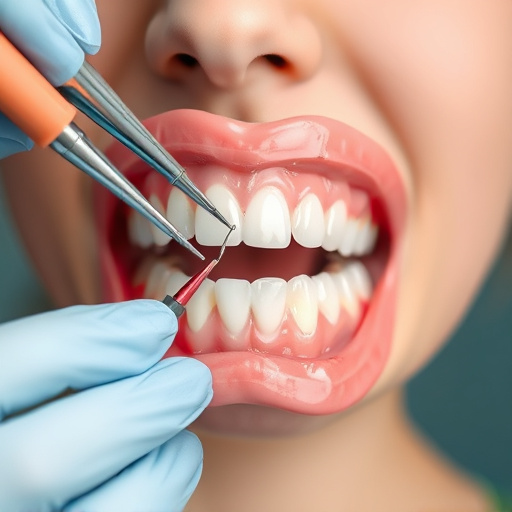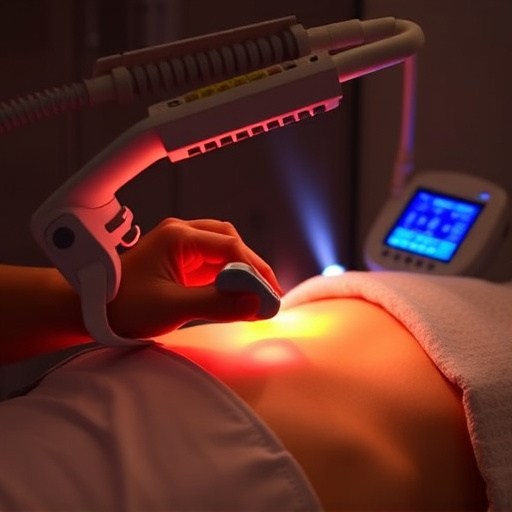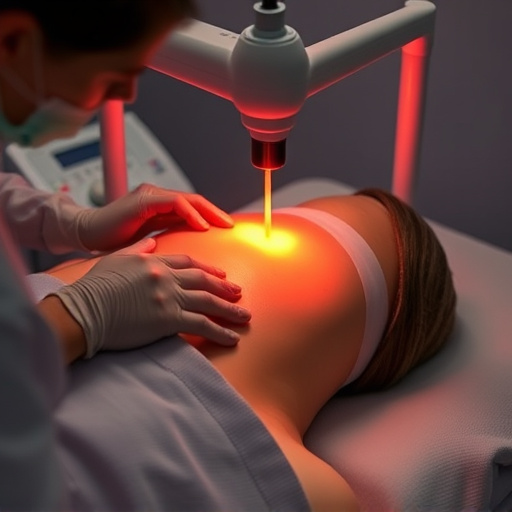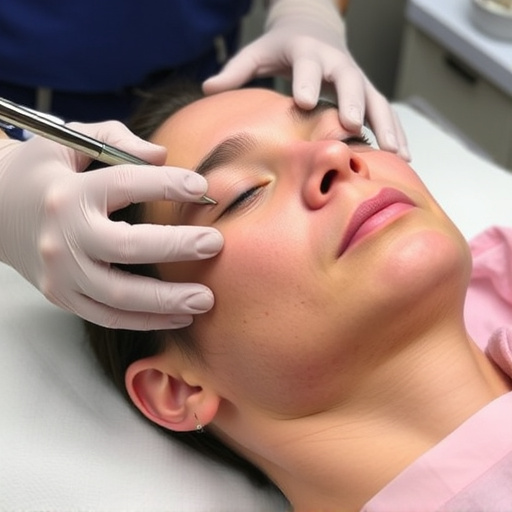A licensed aesthetician and dermatologist offer distinct services in skincare. Aestheticians focus on non-medical cosmetic treatments like facials and exfoliations to enhance skin appearance, while dermatologists are medical doctors specializing in diagnosing, treating, and preventing complex skin conditions, including cancer, with advanced procedures such as laser treatments and surgical interventions. Licensed aestheticians provide specialized training in aesthetics, aiming to improve specific skin concerns without invasive medical approaches, whereas dermatologists offer a broader range of services, combining external cosmetic expertise with internal medical knowledge.
“Unraveling the distinction between a Licensed Aesthetician and Dermatologist is essential for consumers seeking skin care services. This article delves into the intricate details of their roles, training, and specializations. From education and licensing requirements to areas of expertise, we explore how these professionals differ in scope and practice. Understanding these distinctions empowers individuals to make informed decisions regarding their skin health and aesthetic goals, ensuring access to tailored, quality care.”
- Scope of Practice and Training:
- – Comparison of education and training backgrounds
- – Specific services offered by each profession
Scope of Practice and Training:

The scope of practice and training between a licensed aesthetician and dermatologist differ significantly, reflecting their distinct roles in skincare. Licensed aestheticians focus on non-medical cosmetic treatments aimed at enhancing skin appearance and overall beauty. Their training typically includes courses in skincare theory, product application, facial treatments, massage techniques, and make-up artistry. They excel in procedures like facials, exfoliations, extractions, and basic chemical peels for minor skin concerns.
In contrast, dermatologists are medical doctors specialized in the diagnosis, treatment, and prevention of skin, hair, and nail conditions. Their extensive training involves several years of medical school followed by a residency program focusing on dermatology. Dermatologists can prescribe medications, perform more advanced procedures like laser treatments and surgical interventions for various skin issues, including acne, eczema, psoriasis, and even cancerous growths. They also offer medical spa services tailored to address specific skin rejuvenation concerns.
– Comparison of education and training backgrounds

When comparing a licensed aesthetician to a dermatologist, one of the key differences lies in their education and training backgrounds. Aestheticians primarily focus on cosmetic and aesthetic procedures, such as skin care, chemical peels, and body contouring, to enhance and maintain skin health. Their formal education typically includes a certificate or diploma from an accredited aesthetics program, which covers topics like skincare treatments, makeup application, and hair removal techniques. This hands-on training equips them with the skills to provide rejuvenating and enhancing services that cater to clients’ desires for improved appearance.
On the other hand, dermatologists are medical doctors who specialize in diagnosing, treating, and preventing skin, hair, and nail conditions. They undergo extensive medical education and training, obtaining a medical degree (MD) followed by several years of dermatology residency. This rigorous process enables them to understand and address complex skin health issues, including acne, psoriasis, eczema, and even certain types of cancer. While aestheticians excel in cosmetic procedures, dermatologists offer comprehensive medical treatments that target both external and internal factors affecting skin health.
– Specific services offered by each profession

A licensed aesthetician focuses primarily on non-medical aesthetic treatments aimed at enhancing and maintaining skin health. Their expertise lies in procedures like chemical peels, microdermabrasion, facials, and laser therapy for skin tightening and rejuvenation. They are also skilled in products and techniques to address specific skin concerns, from acne and aging to hyperpigmentation. Aestheticians work within the parameters of non-invasive treatments, ensuring client comfort and safety without prescription medications or extensive procedures.
In contrast, while dermatologists are medical doctors specializing in the diagnosis and treatment of skin conditions, they also offer a range of services similar to aestheticians. From performing more invasive aesthetic treatments like Botox injections and dermal fillers for skin tightening to prescribing medications for various skin ailments, dermatologists cover a broader spectrum of skin health concerns. They can also diagnose and treat skin cancer, making their role crucial in overall skin care.
In comparing licensed aestheticians and dermatologists, it’s clear that while both focus on skin health, their scopes of practice and training differ significantly. Licensed aestheticians undergo specialized training in skincare treatments and beauty therapies, catering to non-medical aesthetic needs. Dermatologists, on the other hand, are medical doctors specializing in diagnosing and treating skin, hair, and nail conditions. When considering aesthetic procedures or skincare management, understanding these differences is crucial for choosing the right professional based on individual needs and expectations.














